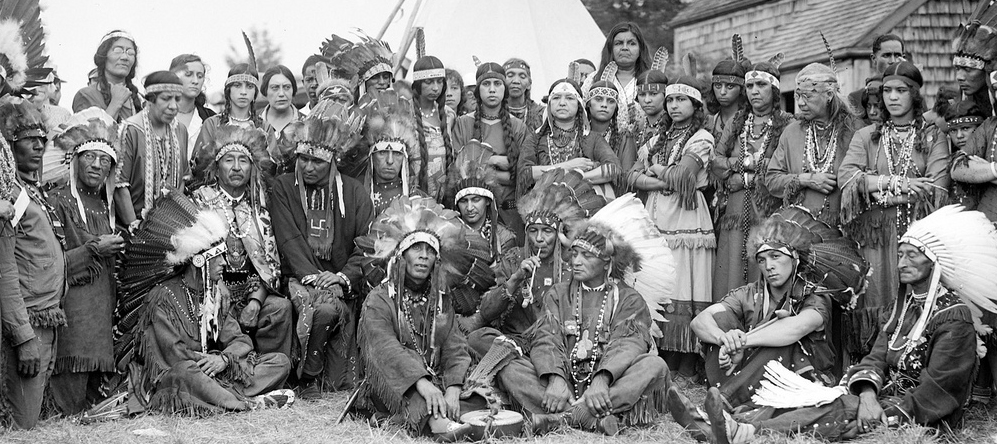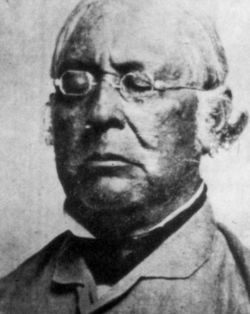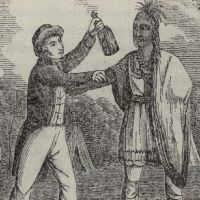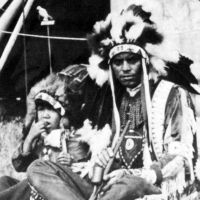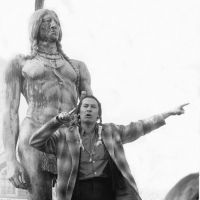Primary Source
To the Governor & Council of the State of Massachusetts
We say in the voice of one man that we are distressed and degraded daily by those men who we understand were appointed by your honors. That they have the rule of everything. That we are not consulted, it is true, and if we are, they do as they please and if we say one word then we are called poor drunken Indians when in fact we are not….
[A]ll of our priviliges (sic) are in a measure taken from us. Our people are foresaken (sic) – many of them sleep upon the cold ground and we know not why it should be so, when we have enough if properly managed to supply all our wants….
There is much more, but we think that this is sufficient to satisfy you. Knowing that if we were whites, one half would be enough for redress – and now in consideration thereof and believing that you sirs would do the same – we as proprietors of the soil proud to return your honors thanks for the interest that we believe that you have taken in our welfare yet afore. With a cheering hope that we one day would take care of ourselves believing that you will comply with our wishes and resolutions, and discharge those men, as we have several good trusted men who are capable men who are about to be chosen officers by us and who undoubtedly will come in contest with them. For if we do not take such measures in five years our property will be gone…
Resolved
That we as a Tribe will rule ourselves, and have the right to do so for all men are born free and Equal, says the constitution of the country.
Resolved
That we will not permit any white man to come upon our plantation to cut or carry off wood or hay or any other article, without our permission after the first of July next.
Resolved
That we will put said resolution in force after the date of July next with the penalty of binding and throwing them off the plantation if they will not stay away without.
Yours most obediently as the voice of one man we approve the aboveas the voice of one man we pray you hear. See list [of 108 signatories] Presented below.
Done in behalf of the Mashpee Tribe [and signed by 108 men and women].
May 21, 1833
Quoted in The Wampanoags of Mashpee, by Russell Peters (n.p., 1987)


